Table of Contents
What is Parallel Plate Capacitor?
It is an arrangement used for storing electric charge and hence electric energy.
Principle of Parallel Plate Capacitor:
When we bring uncharged earth connected rod near the charged rod, the capacity of the charged rod increases.
Construction and Theory of Parallel Plate Capacitor:
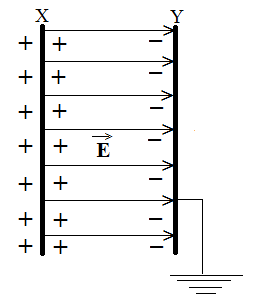
It consists of two plates X and Y, held parallel with each other. The area of each plate is ‘A’ and the distance between them is ‘d’. Plate Y is earth connected and X plate is fully charged.
Plate X is given +Q charge, due to the phenomenon of induction -Q charge is induced on the inner side of plate Y. Due to this electric field E is set up between the plates which are given by-
| E = σ/ε0 Where σ is surface charge density and (σ = Q/A) ⇒ E = Q/Aε0 But we know, V = E x d = Q/Aε0 x d The capacity of parallel plate capacitor is given by- C = Q/V = Q x Aε0/Qd ⇒ C = Aε0/d ……………….(I) |
Hence the capacity of the capacitor depends upon the following three factors-
- Area of plates.
- Distance between plates.
- Nature of medium separating the two plates.
When the plates of the capacitor are separated by some dielectric medium (like mica sheet) of dielectric constant K or relative permittivity εr, then-
| Cm = KAε0/d = Aε0εr/d ……………..(II) From (I) and (II)- Cm = K x C |
i.e. capacity becomes K times capacity with air/Vaccum as the dielectric.
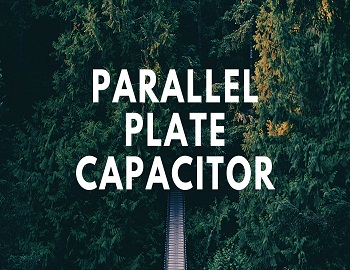



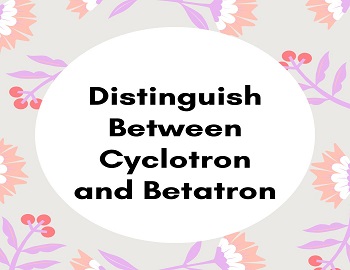
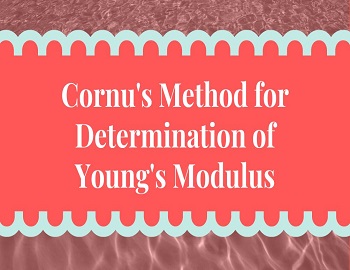

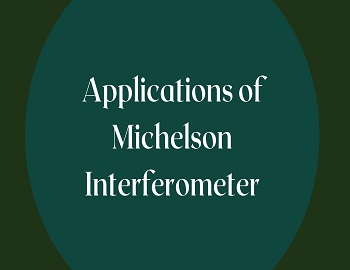
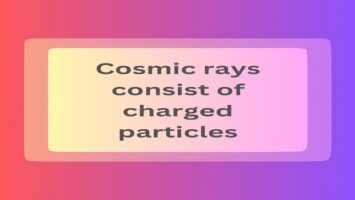
Comments (No)